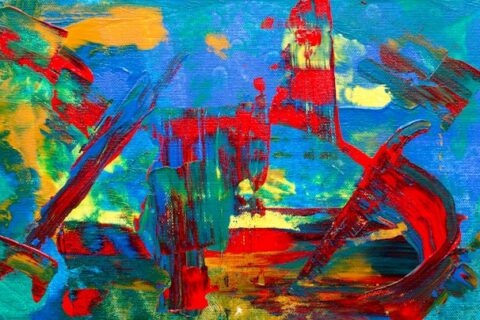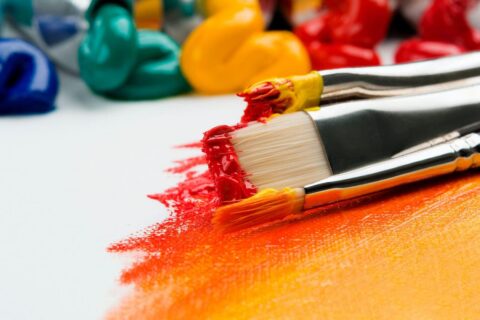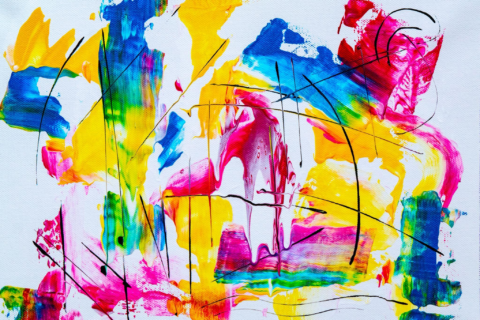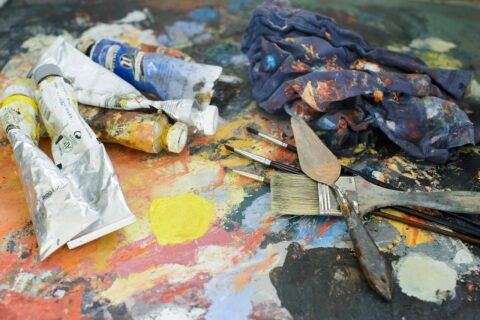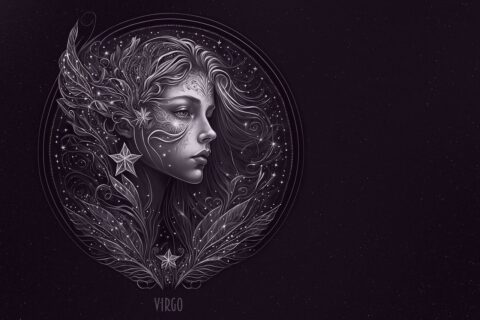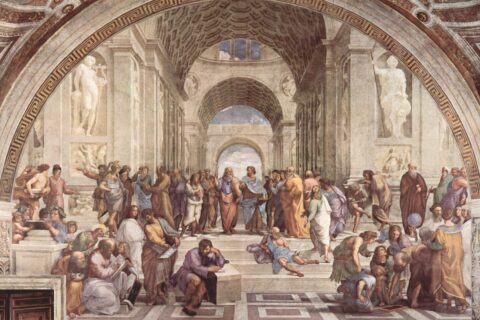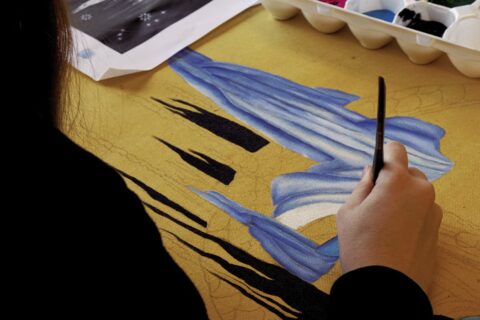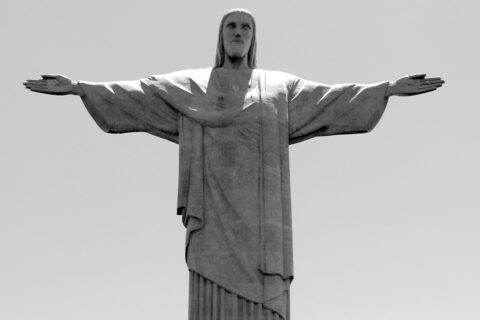
What is sculpture
- Leake Camille
- February 21, 2020
- Sculpture
- No Comments
Sculpture, sculpture, plastics, a type of fine art based on the principle of three-dimensional, physical representation of an object. Sculpture emerged in the primitive era, as evidenced by the results of archaeological excavations conducted in different countries. Sculpture of the primitive period often served as a means of decorating utensils, tools and hunting tools, were used as amulets. Developing, sculpture acquired new functions and attitude towards itself.
The object of the image in sculpture, mainly – a person, rarely – animals, even more rarely – nature and things. The idea of the sculpture is conveyed by the author with the help of expressive means, such as, for example, the statement of the figure in space, transfer of its movement, the choice of proportions.
There are two main types of sculpture: round sculpture, which is freely placed in space, and relief, where the image is located on the plane that forms the background. Round sculpture is a statue (full-length figure), group (two or more figures that make up a single whole), figurine (a figure much smaller than the natural size), torso (depiction of the human torso), bust (chest human image), etc. The forms of relief vary depending on its purpose and location on the architectural plane (frieze, pediment composition, plafond, etc.). By height and depth of image reliefs are subdivided into low – bas-relief, high – high relief, deepened and counter-relief.
According to the content and function, sculpture is divided into monumental and decorative, easel sculpture and the so-called sculpture of small forms.
Monumental decorative sculpture is designed for a particular architectural and spatial or natural environment. It is placed primarily in public places – in the streets and squares of the city, in parks, on the facades and interiors of public buildings.
Easel sculpture is not directly connected with architecture, it has a more “domestic” character. Exhibition halls, museums, residential interiors, where it can be viewed up close and in detail, are its usual environment. Her favorite genres are: portrait, domestic genre, nude, animalistic genre.
Small sculpture is a kind of art mostly for residential interiors and it is closely connected to applied arts in many ways. Coins, medals and gems also belong to the sculpture of small forms.
The choice of sculptural material depends on the purpose and content of the sculptural work, and the material itself depends on the technique of sculpture. Soft substances (clay, wax, plasticine, etc.) are used for modeling, solid substances (different types of stone, wood, etc.) are processed by cutting or carving, substances that are able to change from liquid to solid (various metals, gypsum, concrete, plastic, etc.), serve for casting sculptures with specially made forms. To create a sculpture in metal is also resorted to electroplating. Unmolten metal for sculpture is processed by forging and hammering. Special sorts of clay are used to create ceramic sculptures, which are usually covered with paintings or colored glaze and fired in special furnaces.
The process of sculpture creation can be divided into the following stages:
- molding (from plasticine or clay) sketch and sketches from nature;
- making a frame for a grits sculpture or a shield for a relief (iron rods, wire, nails, wood);
- working on a rotating machine or vertically reinforced board over the model in a given size;
- turning a clay model into a plaster model;
- converting it into a solid material (stone or wood) using a punctuation machine and appropriate machining techniques, or casting it in metal with subsequent embossing;
- platinization or underpainting of the sculpture.
Works of sculpture created from solid materials (marble, wood) without previous molding of the clay original are also known, made in the technique of “taille directe”, i.e. direct cutting.
